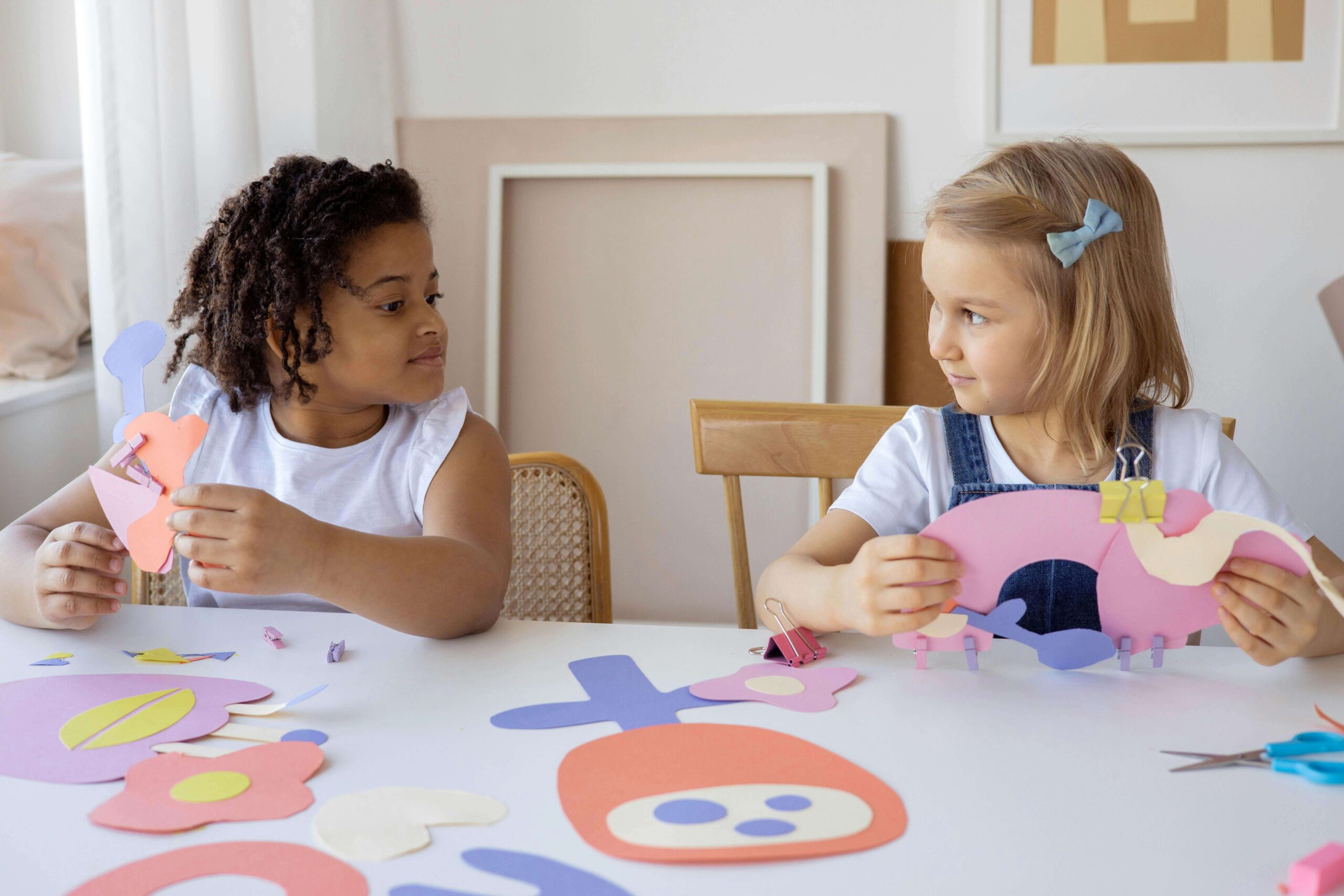In today’s fast-paced world, fostering creativity in children is more important than ever. Creativity not only enhances problem-solving skills but also cultivates a lifelong love of learning. For young readers, engaging in activities that stimulate their imagination can be both educational and entertaining. Here are five fun activities to ignite creativity in the minds of young readers:
Storytelling Sessions: Encourage children to become storytellers themselves by hosting storytelling sessions. Provide them with a prompt or a starting point for a story and let their imagination take flight. This activity not only allows children to explore their creativity but also enhances their verbal communication skills. You can even turn it into a group activity where each child contributes a sentence or a paragraph to create a collaborative story. By giving them the freedom to create their own narratives, children develop confidence in expressing their ideas and thoughts.
Illustration Workshops: Pair reading with art by organizing illustration workshops. After reading a story or a book together, provide children with art supplies and encourage them to illustrate scenes from the story or create their own characters. This activity allows children to visualize the stories they read and express their interpretation of the text through art. It also helps them develop visual literacy skills and attention to detail. Displaying their artwork can further boost their confidence and pride in their creative endeavors.
Imaginative Play: Encourage imaginative play by setting up themed play areas inspired by children’s books. Whether it’s transforming a corner of the room into a pirate ship or a magical castle, provide props and costumes that allow children to step into the world of their favorite stories. This type of play not only sparks creativity but also enhances social skills, as children collaborate and engage in role-playing scenarios. By immersing themselves in imaginative play, children develop empathy, problem-solving abilities, and a deeper understanding of narrative structures.
Creative Writing Prompts: Foster a love of writing by providing creative writing prompts that inspire young readers to pen their own stories. These prompts can range from quirky scenarios to intriguing characters or settings. Encourage children to experiment with different genres and writing styles, allowing them to explore their unique voice and storytelling abilities. Providing feedback and celebrating their achievements can motivate them to continue honing their writing skills. Additionally, you can organize writing contests or publish their stories in a class anthology, giving them a sense of accomplishment and recognition for their creativity.
Book-themed Crafts: Combine literature with hands-on creativity by organizing book-themed craft sessions. Choose a book as inspiration and plan crafts related to its characters, settings, or themes. Whether it’s making puppets, creating dioramas, or designing bookmarks, these crafts allow children to engage with the story in a tactile and interactive way. Encourage them to add their own imaginative twists to the crafts, fostering a sense of ownership and creativity. Displaying their creations as decorations or props can serve as a reminder of the stories that inspired them.
In conclusion, nurturing creativity in young readers is essential for their holistic development. By incorporating these fun activities into their reading experiences, children not only deepen their love for books but also cultivate essential skills that will serve them well in all aspects of life. So, let’s embark on this creative journey together and unlock the boundless imagination of young minds.

